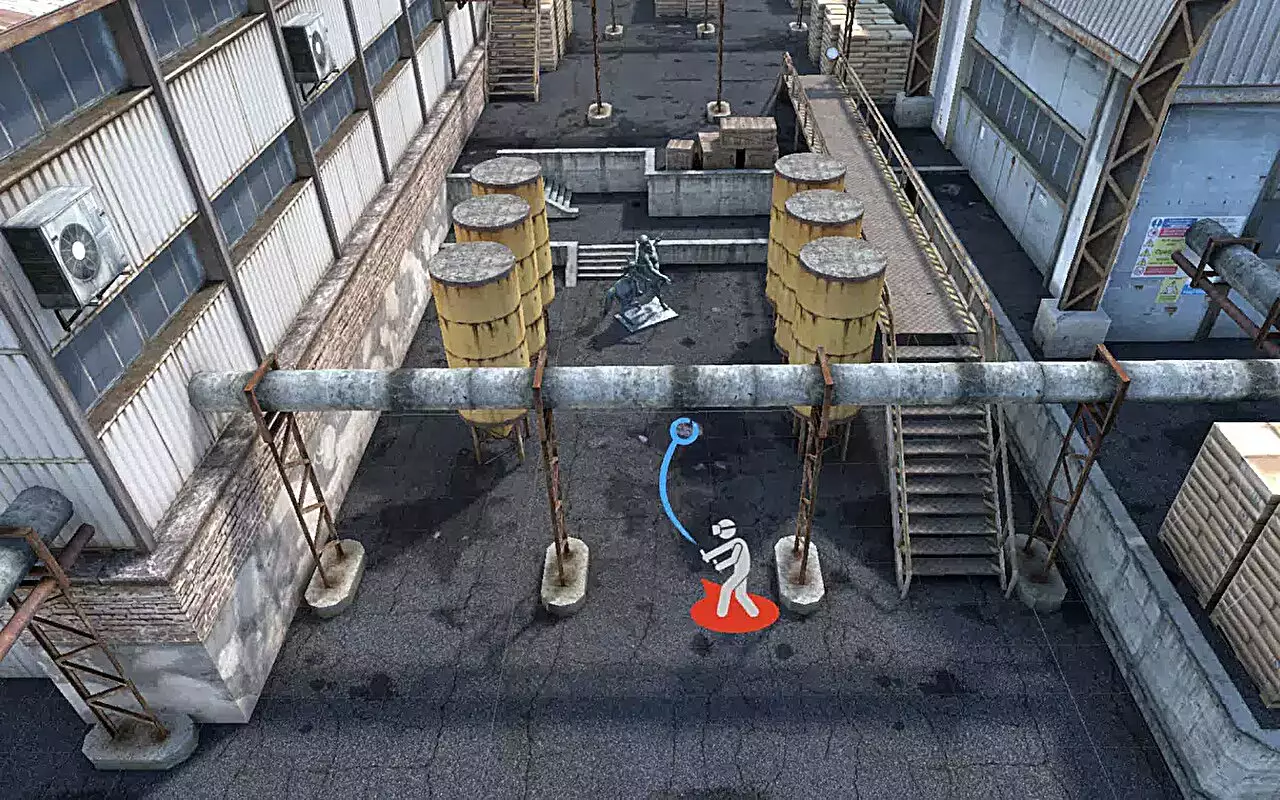Virtual reality has opened up a whole new world of possibilities for user engagement, and recent research from the University of Helsinki has shed light on how cinematography techniques can be used to enhance this experience. By applying principles of composition and continuity commonly found in filmmaking, researchers have developed a new teleportation method that aims to improve navigation around virtual environments. This method subtly repositions and reorients the user’s viewpoint after teleportation, resulting in a more aesthetically pleasing and engaging experience for users.
One of the major challenges in virtual reality design is motion sickness, which can significantly impact user experience. While teleportation is often used as a method for moving through digital spaces to prevent nausea, it can also lead to reduced spatial awareness and cause users to miss important elements in their surroundings. The researchers at the University of Helsinki have found that utilizing cinematography techniques can help designers influence users’ attention as they move around virtual spaces, ultimately improving how users perceive their surroundings without experiencing motion sickness.
The implications of this research extend to a wide range of virtual reality applications, including video games, virtual museums, galleries, and VR movies. As the affordability of VR headsets continues to improve, designers have the opportunity to leverage these cinematography techniques to create more engaging and coherent experiences for users. By incorporating these methods into their design process, virtual reality designers can enhance user engagement and create more immersive virtual environments.
Alan Medlar, University Researcher in computer science at the University of Helsinki, believes that the results of this research will have practical implications for virtual reality designers moving forward. By integrating cinematography techniques into the design of virtual environments, designers can not only improve user engagement but also address common issues such as motion sickness. As virtual reality technology continues to evolve, the application of cinematography principles will play a crucial role in shaping the future of virtual reality experiences.


Leave a Reply
You must be logged in to post a comment.